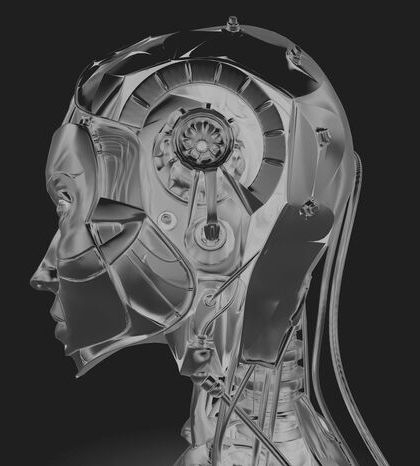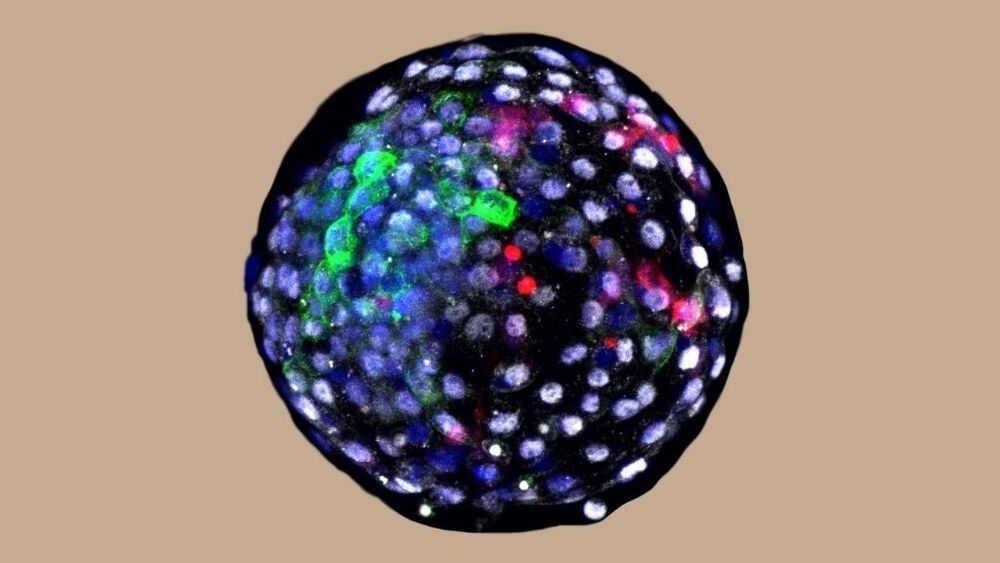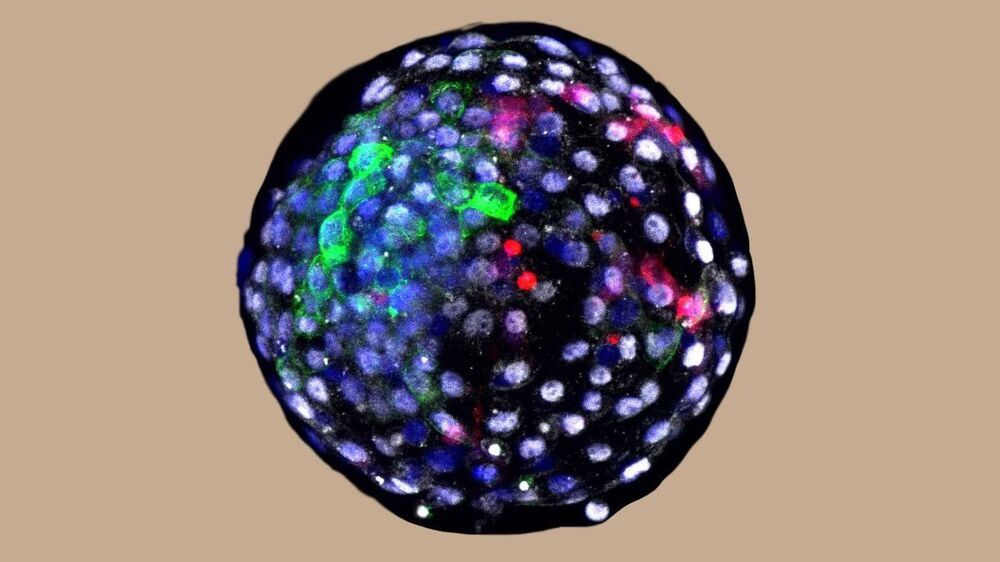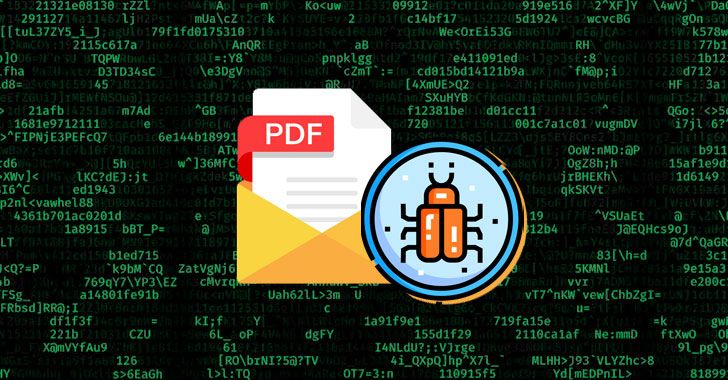Those that have grown up with open source in the past 20 years know that open source is popular. It’s popular because of a number of reasons including that it fosters innovation, speeds up delivery, and helps us all collectively learn from each other.
We ourselves at the AGI Lab have just assumed this was a good thing. We believe that Open Source research helps everyone. Many research groups in AGI research are already open sourcing including Open Cog, Open Nars, and more.
From an ethical standpoint, we use a system called SSIVA Theory to teach ethics to systems we work on such as Uplift and so we assumed we should release some of our code (which we have here on this blog and in papers) and we planned on open sourcing a version of the mASI or collective system that we work on that uses an AGI Cognitive Architecture.







